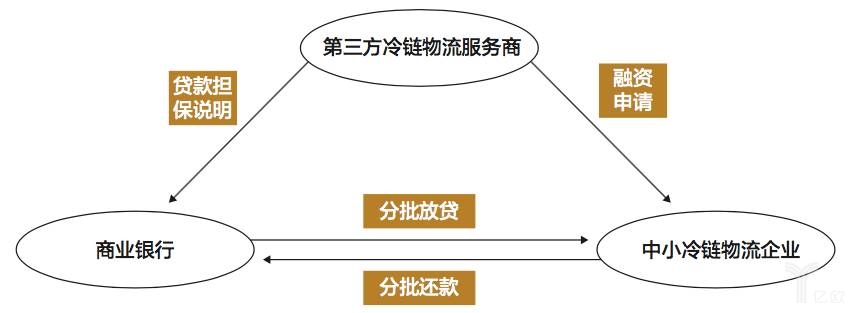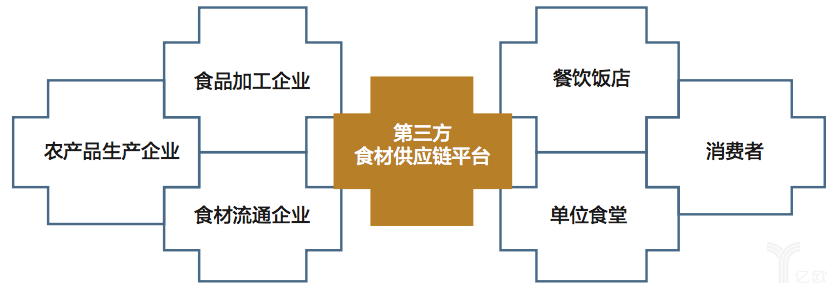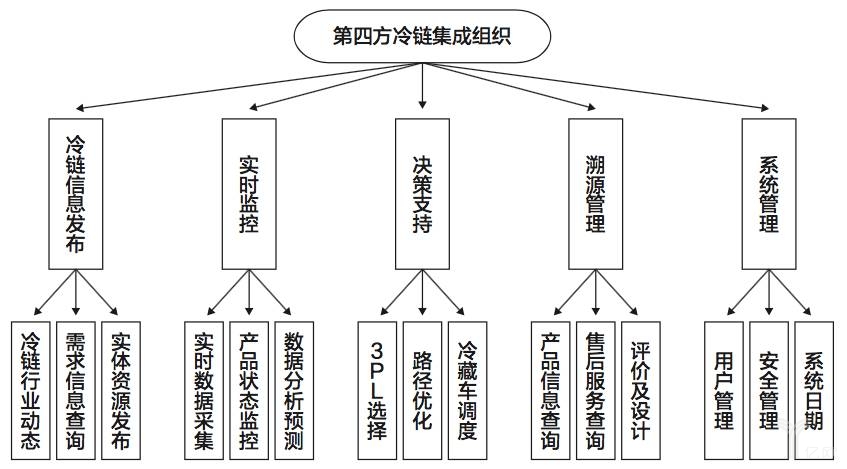Cold chain industry business innovation is necessary to make up for shortcomings, de-inventory, and reduce costs. At the same time, the structural contradictions faced by cold chain logistics include structural contradictions in the regional layout of the cold chain industry; structural contradictions in cold chain transportation capacity; structural contradictions in cold chain warehousing capacity; structural contradictions in the supply and demand of cold chain logistics talents; structural contradictions in the supply of cold chain service products.
Under the background of the country's vigorous development of trade and circulation industry and the implementation of supply-side structural reform, our country's cold chain logistics industry is facing a new business environment for survival. Timely promotion of supply-side structural reform of the cold chain logistics industry is an important measure to promote the optimal allocation of resources in the whole industry, reduce the cost of cold chain logistics, eliminate information asymmetry and improve market transparency.
For the supply-side structural reform and innovation of the cold chain logistics industry, it is necessary to promote the in-depth development of the entire industry's business model innovation, so that the business model of the cold chain industry is more diverse, the operation efficiency is more prominent, and the personalized demand is met more timely. In all supply chain enterprise industries, the differentiation is stronger, thus bringing new competitive advantages. The cold chain logistics industry will also gain more sustainable development momentum from the process of business innovation and reform.
1, Community Common Distribution Improves Cold Chain Logistics Operation Efficiency
Cold chain logistics Due to the particularity of its distribution products, the phenomenon of "broken chain" occurs from time to time, especially in the "last mile" distribution. Overcoming the bottleneck problem at the end of the supply chain is the key under the structural reform of the supply side of the cold chain industry. Introduce community common distribution to reduce distribution costs, improve distribution efficiency and service quality, and solve the problem of community "last mile" logistics distribution.
is different from the traditional door-to-door distribution method. The distribution range of distribution personnel is divided into regions according to the distribution of communities, and the intermediate link of regional common distribution sites is added. The main choice is to establish community common distribution service sites for cold chain logistics enterprises, and establish and improve corresponding refrigeration facilities to uniformly coordinate the distribution of goods.
2, the equipment and technology upgrade of fresh food e-commerce cold chain logistics
With the rapid development of fresh food e-commerce and the continuous upgrading of refrigerated food consumption, the huge demand for cold chain logistics is released, and the incremental space of cold chain logistics in our country will be further deepened. However, due to the perishable and perishable properties of fresh products, the loss of products in the cold chain process is higher, resulting in the cost of fresh cold chain logistics being 1-2 times higher than that of ordinary commodities. Few fresh food e-commerce enterprises are truly profitable in the actual operation process.
A brief operation process based on the financial model of a third-party cold chain logistics enterprise is shown in Figure 1.

Figure 1: Based on the financial model of third-party cold chain logistics enterprises
5, the industrial extension of the agricultural cold chain and the food heat chain Cross-border alliance

Figure 2: The cross-border integration platform of the agricultural cold chain and the food heat chain
In the context of the sharing economy, the organization of the enterprise alliance is mainly to integrate assets or resources of different ownership through a contractual relationship to achieve the effect of improving logistics efficiency and service competitiveness. The cross-border alliance of the two industries of the agricultural cold chain (cold chain industry) and the food heat chain (catering industry) has established a cooperation platform for extending the industrial value chain (as shown in Figure 2). On the one hand, it conforms to the needs of the supply-side structural reform in the development of the industry and strengthens the diversification of the supply level of the cold chain.
On the other hand, from the perspective of people's livelihood engineering supervision of food safety and quality, there is an objective need for seamless connection between the cold chain of agricultural products and the hot chain of food, so as to reduce the whole process operation cost after the integration of the cold chain and the hot chain, and finally achieve the purpose of collaboration and integration of benefit sharing and risk sharing.
6, the fourth cold chain integrator organization based on the platform economy
It is a fourth-party cold chain logistics platform integrating innovative supply chain management and resource integration services. It belongs to the multi-level interoperable logistics information system. It builds a regional or national fast, transparent and coordinated intensive cold chain logistics network in the industry, and provides customers with a cold chain logistics procurement and management platform based on online and offline integrated supply chain solutions.

Figure 3: Foursquare cold chain integrator organizational function structure
Foursquare cold chain integrator based on the platform economy organizational function structure shown in Figure 3, the main functions are divided into cold chain information release, real-time product monitoring, decision support, traceability management and system management five plates.
7, build a comprehensive transportation cooperation system of cold chain logistics port
With the improvement of our country's comprehensive transportation system, it will inevitably lead to major changes in the cold chain logistics industry, in the near future or will produce a new cold chain logistics business - cold chain logistics port. It will integrate China's ports (water transportation), highways, high-speed rail, aviation, urban subway (light rail) and other transportation methods and resources, rely on "big data", Internet technology, IT technology, integrate value-added services such as cold chain logistics finance and insurance, and build an "Internet + cold chain logistics" cold chain resource trading platform.
has formed a new type of comprehensive cold chain business in economically developed areas that integrates cold chain logistics, commerce, display, food research and development, processing and production, packaging, fresh-keeping, finance, insurance, and comprehensive services. With stronger connection, faster response, more value-added, more flexible, and safer good effects, it meets the different needs of consumers for cold chain logistics. At the same time, it promotes the transformation and upgrading of the traditional cold chain logistics industry.
Fourth, Conclusion
Cold chain is related to food safety and the national economy and people's livelihood. With the development of our country's economy and changes in people's consumption concepts, cold chain logistics will receive wider attention inside and outside the industry. Accelerating the pace of supply-side structural reform of the cold chain logistics industry is an important and urgent issue in the process of modern food circulation in our country, and it is also a key part of promoting the construction of cold chain logistics network nodes in our country.
Through the business innovation under the supply-side structural reform, take multiple measures to cultivate new momentum for the development of the cold chain logistics industry and enhance the competitiveness of our country's cold chain logistics industry, so as to better meet the multi-level demand generated by the upgrading of the consumer field.